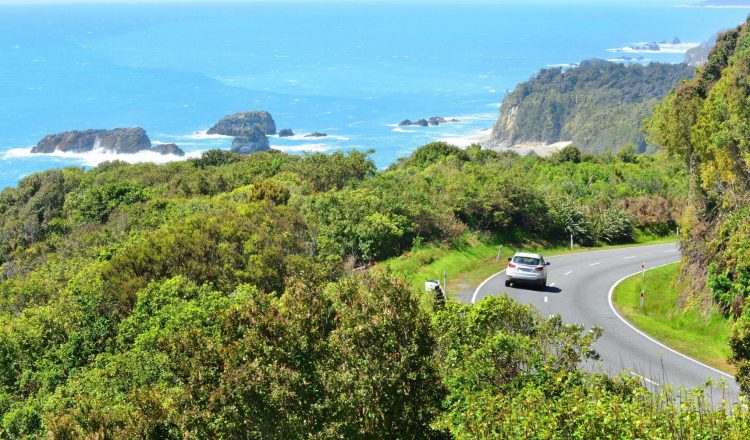교통 표지판
뉴질랜드 도로에서 볼 수 있는 표지판 대부분은 국제 기준에 부합합니다. 전세계 교통 표지판과 같은 모양과 기호를 사용하고 있으며 이는 읽기 쉽고 이해하기 수월합니다. 교통표지판은 일반적으로 밤에도 눈에 잘 띄도록 야광(반사물질)로 제작되었습니다.
세 가지 유형의 표지판
도로 표지판은 세 가지 유형으로 나눌 수 있습니다.
- 규제표지
- 주의표지
- 정보표지
각 유형의 기호를 인식하고 이해할 수 있어야 합니다.
아래에 뉴질랜드 도로에서 사용되는 표지판 중 일부를 몇 가지 예시로 소개해두었습니다. 아래의 예시는 모든 교통 표지판을 소개하는 것이 아닌 세 가지 주요 유형의 표지판을 보여주기 위함입니다.
규제표지
규제표지는 반드시 지켜야하거나 하지 말아야 할 사항을 표시하며 보통 빨간색이나 파란색입니다.

우회전
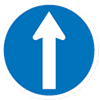
계속 직진하세요
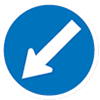
좌측운전(한국과 반대)

제한속도 50km/h

진입금지
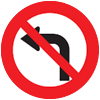
좌회전 금지
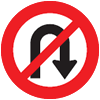
유턴 금지

정지 후 양보

감속 후 양보(필요한 경우 정지)

학교 앞 정지
빨간테두리 규제표지

비추월시 좌측차선유지

버스차선: 자전거, 오토바이, 전동스쿠터 사용가능

버스전용차선

환승 차선: 승객 탑승 차량, 자전거, 오토바이, 전동스쿠터 이용 가능 (예: T2는 2인 이상, T3는 3인 이상)
주의표지
전방 도로의 특정 위험에 대해 경고합니다. 자신과 타인의 안전, 도로보수공사를 수행하는 작업자의 안전을 위해 주의하라는 경고입니다.
주의표지에는 두 가지 유형이 있습니다:
- 일반 주의표지
- 임시 주의표지
두 종류의 표지판 모두 보통 다이아몬드 모양입니다.
일반 주의표지
일반 주의표지는 노란색-검은색 또는 녹색-검은색입니다.
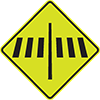
횡단보도

어린이 보호
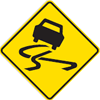
미끄럼 도로
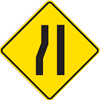
도로 좁아짐

차높이제한
임시 주의표지
임시 주의표지는 주황색-검은색입니다.

도로 공사중
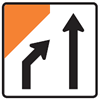
좌측차로 없어짐

낙석
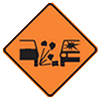
노면 고르지 못함

지시에 따라 멈춤
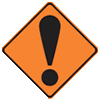
(기타)위험
참고: 이 표시는 항상 위험을 설명하는 다른 표시와 함께 사용 (예: 홍수)
정보표지
정보표지는 다음 목적지까지의 이동 거리 등과 같은 유용한 정보를 제공합니다. 모두 직사각형이지만 색상과 크기는 다양합니다.

비보호 좌회전
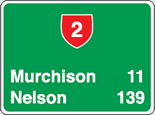
빨간 테두리 숫자: 도로번호
목적지 거리 예고표지
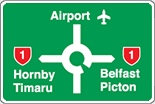
목적지 방향표지
교차로 예고표지
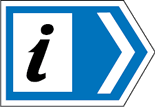
가장 가까운
i-Site(안내소)
![]()
빨간 테두리 숫자: 고속도로번호
고속도로 진입점 예고표지

임시 정보 표지판
100m 전방 도로 공사 또는 건설 현장 접근

















































